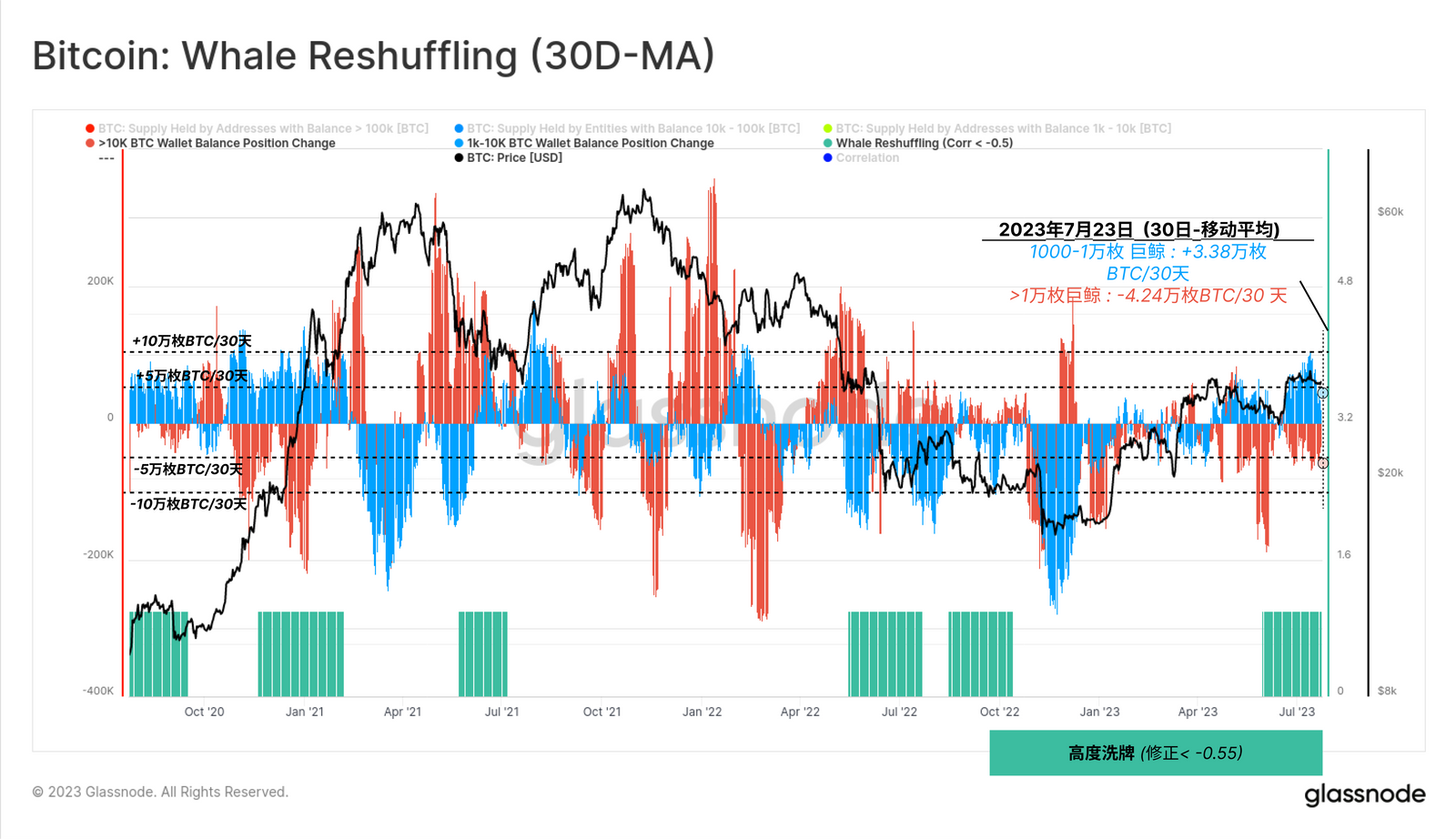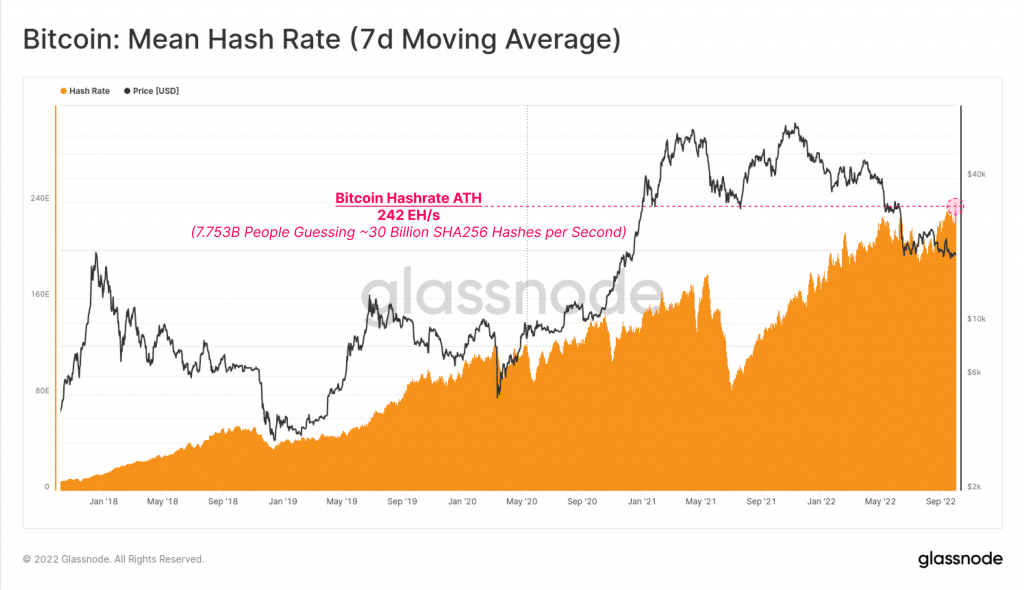Did Trump's Policies Achieve Hollywood's Goal Of Returning Film Production To The US?

Table of Contents
The film industry, a significant contributor to the US economy, has long grappled with the trend of production moving overseas in search of lower costs. Many hoped that a change would come, and some believed that Donald Trump's presidency, with its focus on economic nationalism, offered a chance to reverse this trend and bring film production back to the US. This article examines whether Trump's policies, including tax cuts, trade policies, and immigration measures, successfully achieved this goal, offering a nuanced analysis of the successes and failures of his administration's impact on domestic film production.
Trump's Tax Cuts and Their Effect on Film Production
The 2017 Tax Cuts and Jobs Act
The 2017 Tax Cuts and Jobs Act significantly lowered the corporate tax rate from 35% to 21%. This reduction directly impacted the profitability of major Hollywood studios and potentially incentivized increased investment in US-based productions. The Act also included changes to depreciation rules, potentially making film production equipment more tax-deductible.
- Impact on studio profitability: Lower taxes meant increased after-tax profits, potentially freeing up capital for reinvestment in domestic projects.
- Potential for increased investment in US productions: Studios could theoretically allocate more resources to film and television projects shot within the US.
- Examples of studio responses to the tax cuts: While quantifiable data linking specific productions directly to the tax cuts is scarce, several studios publicly stated intentions to increase production spending in the US. However, it's crucial to note that this increase may not solely be attributable to the tax cuts.
Details: While the tax cuts theoretically offered a boost, it's difficult to definitively prove their direct impact on the volume of US film production. Other factors, such as streaming services' demand for content and the availability of tax incentives at the state level, likely played a more significant role. Analyzing production spending data before and after the tax cuts reveals a mixed picture, with some increases but no dramatic shift solely attributable to the federal tax changes.
Trade Policies and Their Influence on Film Production
Impact of Tariffs and Trade Wars
Trump's administration engaged in several trade disputes, imposing tariffs on various goods imported from countries like Canada and Mexico. These tariffs directly affected the cost of film production, impacting materials, equipment, and even labor costs depending on the origin of these resources.
- Increased costs of imported goods: Tariffs increased the price of raw materials, specialized equipment, and post-production services, potentially making US-based production less competitive.
- Potential relocation of productions to avoid tariffs: To mitigate the increased costs, some productions may have shifted to countries outside the tariff zones, potentially negating any benefits from the tax cuts.
- Impact on international co-productions: Trade disputes complicated international co-productions, adding logistical hurdles and financial uncertainties.
Details: For example, tariffs on steel and aluminum directly impacted the cost of building sets and constructing equipment used in film production. While specific data on productions relocated due to tariffs is limited, anecdotal evidence suggests that some smaller productions opted for locations outside the US to reduce costs.
Other Relevant Policies and Their Indirect Effects
Immigration Policies and Their Impact on Film Crews
Trump's immigration policies, including stricter visa requirements and increased border controls, potentially impacted the availability of skilled labor within the US film industry. Many film crews rely on international talent.
- Impact on visa applications for international crew members: Lengthier visa processing times or outright denials could have led to delays or cancellations of productions.
- Potential labor shortages: Restrictions on immigration could have created shortages of skilled technicians, designers, and other crucial crew members.
- Effects on diversity in film production: The potential reduction of international talent could have diminished the diversity of voices and perspectives in film production.
Details: While concrete data quantifying the effect of immigration policies on film production is difficult to obtain, many industry professionals voiced concerns about the impact on their ability to secure the necessary talent for their productions.
Regulatory Changes and Their Influence
The Trump administration didn't introduce sweeping regulatory changes directly targeting the film industry. However, any changes impacting related sectors (like labor laws or environmental regulations) could have had indirect effects. For instance, changes to labor laws might have affected production costs.
Evaluating the Overall Success
Comparing Production Numbers Pre- and Post-Trump Administration
To evaluate the success of Trump's policies in bringing film production back to the US, it's crucial to compare relevant data before, during, and after his presidency. This includes analyzing data on:
- Budget: Total spending on film productions within the US.
- Number of productions: The number of films and television shows shot in the US.
- Location filming: Analyzing the geographic distribution of film productions within the US.
Details: Data from sources like the Motion Picture Association of America (MPAA) and government reports on employment in the film industry can provide insights. However, attributing changes solely to Trump's policies is complex, as multiple factors concurrently affect film production location decisions. Charts and graphs would effectively illustrate the changes in key metrics over time.
Conclusion
The impact of Trump's policies on US film production is complex and multifaceted. While the 2017 tax cuts offered potential benefits, the negative consequences of trade disputes and concerns surrounding immigration policies likely offset some of these gains. A thorough analysis of production data reveals a mixed picture, with no dramatic shift in the volume of US film production that can be definitively attributed to his administration's initiatives. Other factors, such as the rise of streaming services and the availability of state-level tax incentives, continue to play major roles in shaping the film industry landscape.
Ultimately, it's difficult to definitively state whether Trump's policies significantly achieved the goal of returning film production to the US. The reality is more nuanced, encompassing a complex interplay of economic forces beyond the scope of any single administration's influence.
Call to Action: Learn more about the impact of Trump's economic policies on US film production and analyze the data yourself to determine the success of his initiatives to bring film production back to the US.

Featured Posts
-
 Pickens Trade Speculation Steelers Weighing Offers During Nfl Draft
May 07, 2025
Pickens Trade Speculation Steelers Weighing Offers During Nfl Draft
May 07, 2025 -
 The White Lotus Season 3 Identifying The Voice Actor For Kenny Tims Colleague
May 07, 2025
The White Lotus Season 3 Identifying The Voice Actor For Kenny Tims Colleague
May 07, 2025 -
 Wax On Wax Off The Enduring Lessons Of The Karate Kid
May 07, 2025
Wax On Wax Off The Enduring Lessons Of The Karate Kid
May 07, 2025 -
 Xrp 2000 If The Language Is Chinese This Is A Possible Option
May 07, 2025
Xrp 2000 If The Language Is Chinese This Is A Possible Option
May 07, 2025 -
 Cavaliers Sign G League Player To 10 Day Contract
May 07, 2025
Cavaliers Sign G League Player To 10 Day Contract
May 07, 2025
Latest Posts
-
 Government Housing Authority Rejects Jhl Privatization Proposal
May 08, 2025
Government Housing Authority Rejects Jhl Privatization Proposal
May 08, 2025 -
 Wall Street Predicts 110 Surge Is This Black Rock Etf The Next Big Investment
May 08, 2025
Wall Street Predicts 110 Surge Is This Black Rock Etf The Next Big Investment
May 08, 2025 -
 Analysis Of The Recent Bitcoin Mining Hashrate Increase
May 08, 2025
Analysis Of The Recent Bitcoin Mining Hashrate Increase
May 08, 2025 -
 Jhl Privatization Ghas Strong Condemnation
May 08, 2025
Jhl Privatization Ghas Strong Condemnation
May 08, 2025 -
 Black Rock Etf A Billionaire Investment Poised For Massive Growth In 2025
May 08, 2025
Black Rock Etf A Billionaire Investment Poised For Massive Growth In 2025
May 08, 2025
